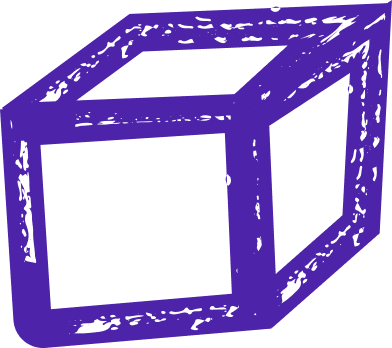
hardware abstraction layer
Hardware Abstraction Layer
The Hardware Abstraction Layer (HAL) is a crucial component in the realm of software development that plays a significant role in bridging the gap between hardware and software. It serves as an intermediary layer between the operating system and the underlying hardware components of a computer system. By providing a standardized interface and set of functions, the HAL enables software developers to write code that is independent of the specific hardware details, thereby enhancing portability, efficiency, and maintainability.
Facilitating Hardware-Software Interaction
The primary objective of the Hardware Abstraction Layer is to facilitate the interaction between software applications and the underlying hardware, while shielding the software from the complexities associated with various hardware platforms. By abstracting the hardware-specific details, the HAL allows software developers to focus on writing code that is more generic and portable across different systems. This abstraction layer provides a consistent and unified interface that software can utilize to access hardware resources, such as input/output operations, memory management, interrupt handling, and device drivers.
Enhancing Portability and Compatibility
One of the key benefits of employing a Hardware Abstraction Layer is the improved portability and compatibility of software across different hardware platforms. As hardware technologies evolve and new devices are introduced, software developers can leverage the HAL to write code that is not bound to a specific hardware configuration. This abstraction allows software applications to run seamlessly on diverse systems, reducing the effort required to adapt or modify the code for different hardware environments. Consequently, the HAL contributes to the development of cross-platform software solutions that can be easily deployed on a wide range of devices, from desktop computers to embedded systems.
Optimizing Performance and Efficiency
In addition to enhancing portability, the Hardware Abstraction Layer also plays a crucial role in optimizing the performance and efficiency of software applications. By providing a standardized interface, the HAL enables software to leverage hardware resources effectively and efficiently. It abstracts the low-level hardware operations, allowing software developers to focus on high-level functionality without being burdened by hardware-specific intricacies. This abstraction layer also enables hardware vendors to develop and optimize device drivers that are compatible with the HAL, ensuring seamless integration between software and hardware components.
Promoting Maintainability and Modularity
The Hardware Abstraction Layer promotes maintainability and modularity in software development by encapsulating hardware-specific details within a well-defined layer. This separation allows software developers to easily update or replace hardware components without extensively modifying or rewriting the software code. The HAL provides a clear boundary between the hardware and software layers, enabling independent development and testing of each component. This modular approach simplifies the maintenance process, reduces the risk of introducing errors, and facilitates the scalability of software systems.
In conclusion, the Hardware Abstraction Layer (HAL) acts as a vital intermediary between software applications and the underlying hardware components. By abstracting hardware-specific details, it enhances portability, compatibility, performance, and maintainability of software solutions. The HAL empowers software developers to write code that is independent of the underlying hardware, enabling the creation of cross-platform applications that can seamlessly run on diverse systems.
Let’s build your next digital product — faster, safer, smarter.
Book a free consultationWork with a team trusted by top-tier companies.








